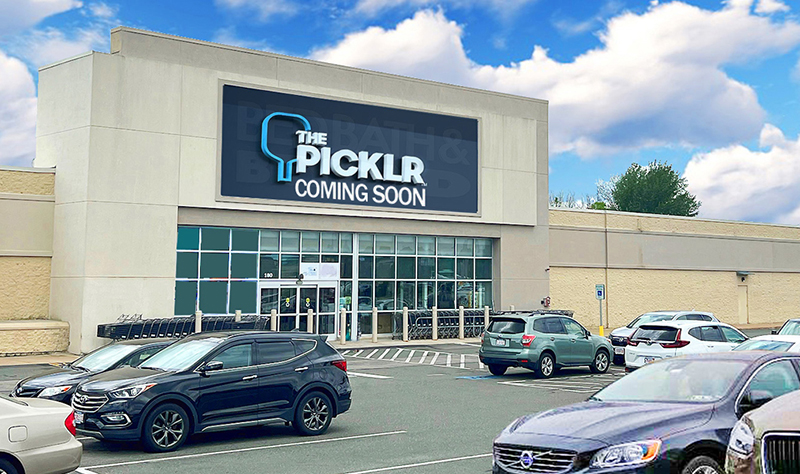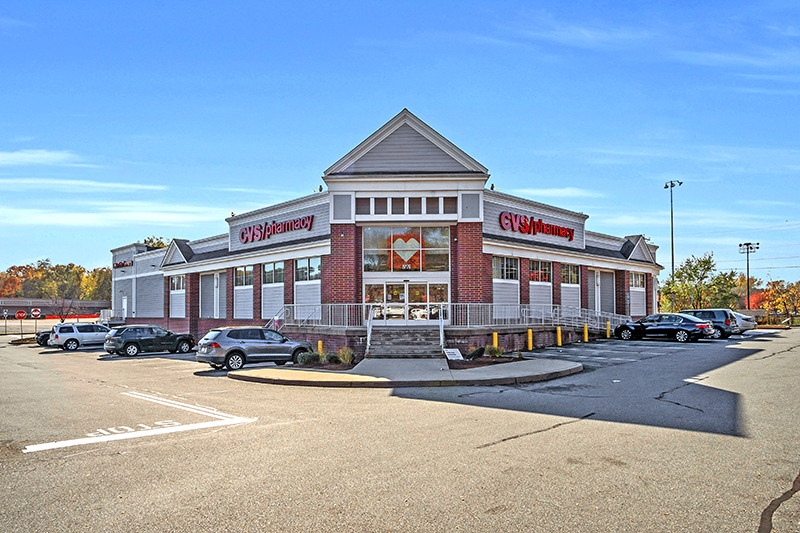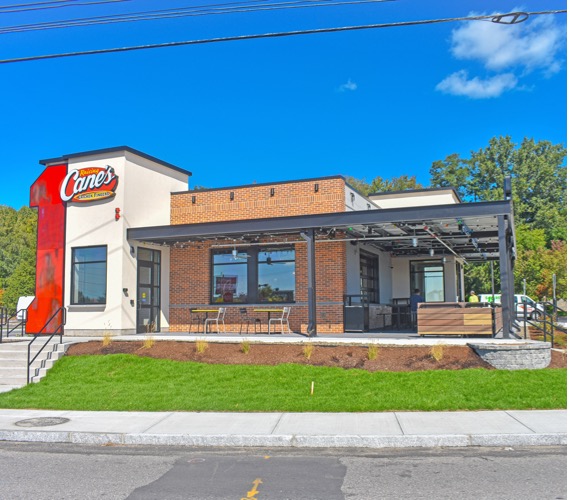News: Retail
Posted: December 22, 2009
Retail transaction volumes to rise as demand gradually increases in 2010
With the early part of the shopping season off to an encouraging start, retail real estate is poised for a modest increase in demand with investment sales volume expected to gradually rise next year, according to Jones Lang LaSalle's 2010 Retail Outlook. Investors with cash in their pockets and the bottom of the market in their sights will capitalize on attractive investment opportunities with an emphasis on Class A trophy shopping centers.
From the heady days of the market peak in 2007, U.S. retail property transaction volume fell 66% from total year-end volumes of $56.3 billion in 2007, to a mere $19.2 billion for total year 2008. For the first three quarters of 2009, transaction volume has dropped even more precipitously, down an additional 71% from 2008, to a record-low $5.6 billion. Retail property cap rates have held between the 9% to 11+ % range for less desirable retail assets, but are actually dropping into the mid 7% to 8% range for a select group of the strongest, most risk-adverse retail assets. The number of distressed retail real estate assets is expected to continue to increase as the discrepancy between values and loan amounts continues.
"The continued lack of liquidity in the debt markets has contributed to pent-up demand, and we expect opportunistic investors to cautiously re-enter the market in early 2010," said Kris Cooper, managing director of Jones Lang LaSalle's retail investment sales practice. "We're just now seeing lenders' willingness to lend to strong sponsors open up, but those lending offers are at far more conservative levels than we've seen in the past."
The persistent gap between seller and buyer expectations also is expected to contract in the coming year, though many highly leveraged institutional-type investors will continue to delay sales unless they face debt maturities or require additional capital.
"Some buyers are coming around as many believe the bottom of the market has finally been reached, added Cooper. "Buyers will probably stick around for the next six to nine months before seeking better opportunities. We are also seeing significant interest from international buyers who feel now is the time to re-enter the U.S. market."
Liquidity in the debt markets will remain an issue into 2010 as the bar has been permanently raised for many borrowers. Lenders continue to seek Class A trophy properties with credit-worthy borrowers for their loan transactions and conservative underwriting rules the day. For loans on better retail properties, loan-to-value ratios have slightly improved, but interest-only loans are a relic of the past.
Despite the constrained capital environment, recent transactions within a varied range of product and property types in the retail sector indicate that demand for retail product continues, despite the liquidity challenged market.
In the last three months, Jones Lang LaSalle's retail investment sales team has completed nearly $50 million in retail asset sales including: a $17.75 million sale of a supermarket-anchored center called Arsenal Plaza in Watertown, N.Y., a $16.5 million sale of a T.J. Maxx, Bed, Bath & Beyond-anchored shopping center in Southington, Conn., and a $22.5 sale of a new Lowe's Home Improvement Center currently under development in Lowell, Mass. The team also has both land and a small retail center sale pending in Mass.
"Contrary to current conventional wisdom, we are experiencing growing demand for a wide range of retail properties. Supermarket-anchored properties continue to garner the most interest, along with other risk-averse single-tenant assets," said Jim Koury, managing director of Jones Lang LaSalle's retail investment sales practice.
"However, we are also seeing demand for non-supermarket anchored properties with credit tenants trade in a respectable mid to high to 8% cap ranges in select major metro markets. Developable land is also starting to garner interest as tenants, seeing an end to the downturn, start making 2010 to 2011 commitments for the choicest locations."
"We also expect special servicers to play a huge part in retail asset sales in 2010," added Margaret Caldwell, a managing director or Jones Lang LaSalle's retail investment sales practice. "After delaying transactions for much of 2009, many special servicers have finally decided to meet the market. Our team is currently marketing eight enclosed malls throughout the East Coast, and have evaluated more than 25 potential sale opportunities that could come to market in the first and second quarters of 2010."
The health of the retail investment sales market relies heavily upon consumer consumption and high unemployment and low consumer confidence continue to plague the market. Two consecutive months of declines in consumer confidence reflect the continued concern consumers have for employment prospects. Unemployment is expected to peak at a quarterly average of 10.7% in 2010. This recession's effects on the income and wealth of consumers may create a shift away from consumer behavior typical in previous recessions. Instead of resurgent spending on homes, vehicles and other durable goods, consumers will now prioritize debt reduction and increased savings. Notwithstanding, the retail sector has seen some modest signs of improvement.
"A fair-to-middling Black Friday led to a better-than-expected Cyber Monday for retailers and we expect an increase in discretionary purchases this holiday season versus the last, though consumers will continue to seek price reductions of at least 30% to 50%," said Greg Maloney, CEO and president of Jones Lang LaSalle Retail. "Retailers have undergone fundamental changes during this recession - reinventing themselves, rightsizing their footprints and figuring out new ways of attracting consumers. These changes bode well for not only shoppers, but for the entire future of the retail industry."
Tags:
Retail
MORE FROM Retail
Mace of KeyPoint Partners negotiates 36,192 s/f lease for The Picklr at Endicott Square
Danvers, MA KeyPoint Partners (KPP) negotiated a lease with the nation’s premier indoor pickleball venue The Picklr at Endicott Sq. Vice president of retail brokerage Don Mace negotiated the transaction on behalf of the landlord.





.jpg)


.png)